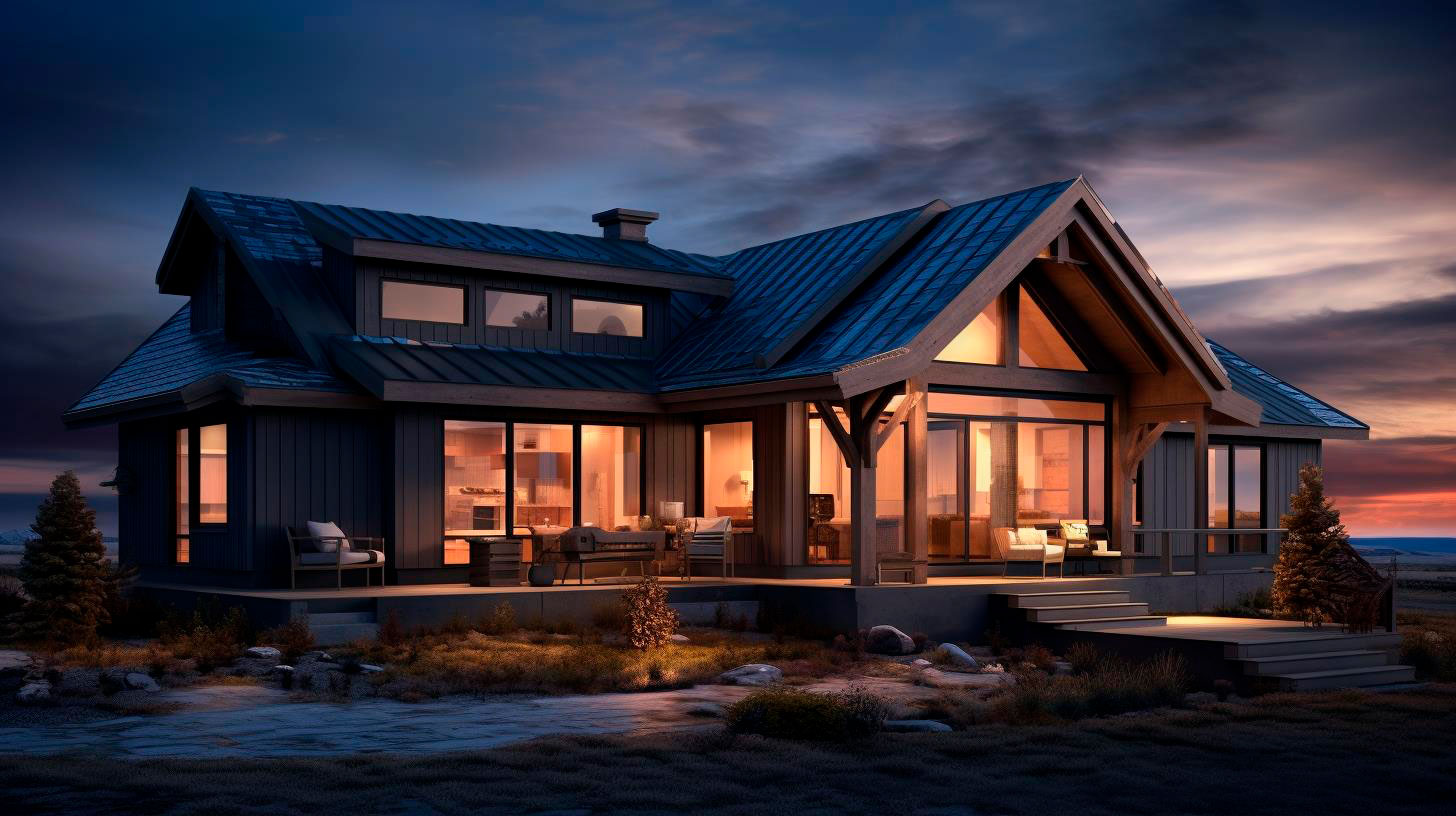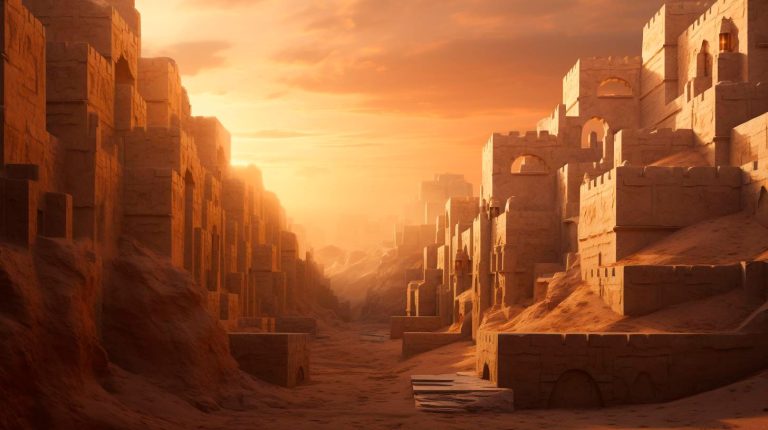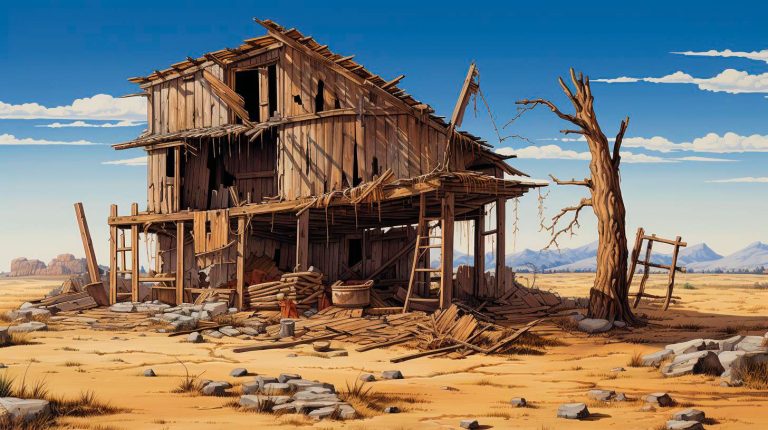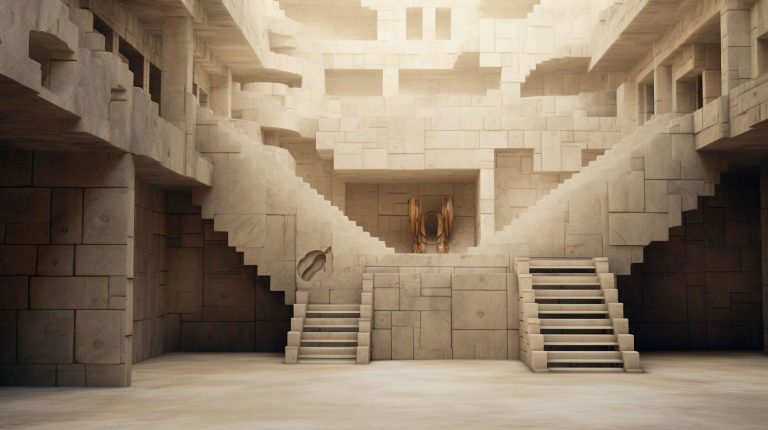In this article, we will delve into the world of astrophotography techniques, unveiling the secrets behind those stunning celestial shots.
The Beauty of Astrophotography
Astrophotography is more than just taking pictures of the night sky – it is an art form that bridges the gap between science and creativity. By capturing deep sky objects, such as galaxies, nebulas, and star clusters, photographers can transport viewers to the far reaches of the cosmos. In an era where space exploration is advancing rapidly, astrophotography allows us to appreciate the wonders of the universe from the comfort of our own homes.
Essential Equipment for Astrophotography
While conventional digital cameras can capture impressive night sky photos, astrophotography requires specialized equipment to achieve truly breathtaking results. Here are some key pieces of equipment every aspiring astrophotographer should consider:
- Camera: A DSLR or mirrorless camera with manual settings is ideal for astrophotography. Look for models with low light performance and the ability to change lenses.
- Telescope: For close-up views of celestial bodies, a telescope with a sturdy mount is essential. Look for models with a wide aperture for maximum light gathering.
- Mount: A sturdy equatorial mount is crucial for tracking celestial objects and minimizing blurring in long exposures.
- Remote Shutter: To prevent camera shake, a remote shutter release or intervalometer is necessary.
- Tripod: A stable tripod is important for steady shots, especially when shooting landscapes with the night sky.
- Filters: Light pollution filters can help reduce unwanted light and enhance visibility of deep sky objects.
Mastering Astrophotography Techniques
Now that you have the right equipment, let’s explore some astrophotography techniques to elevate your skills:
Long Exposure Photography
Long exposure photography is a key technique in astrophotography, allowing you to capture more light and produce detailed images. By using exposure times ranging from a few seconds to several minutes, you can reveal intricate details of distant stars and galaxies.
Key takeaway: Long exposure photography is essential for capturing stunning images of the night sky.
Star Tracking
As the Earth rotates, stars appear to move across the sky. Star tracking involves using a mount with a motorized tracking system to counteract this movement, resulting in sharper images. This technique is particularly useful for capturing pinpoint stars during long exposures.
Key takeaway: Star tracking improves the sharpness and clarity of celestial objects.
Image Stacking
Image stacking involves taking multiple photos of the same subject and combining them to create a single image with reduced noise and increased detail. This technique is especially effective for capturing faint deep sky objects while minimizing the impact of sensor noise.
Key takeaway: Image stacking enhances the quality of astrophotographs by reducing noise and improving detail.
Post-Processing
After capturing your astrophotographs, post-processing is essential to bring out the best in your images. Software such as Adobe Photoshop or specialized astrophotography tools can help refine the color balance, contrast, and overall aesthetics of your shots.
Key takeaway: Post-processing is crucial for optimizing the visual impact of your astrophotography.
Conclusion: Journey into the Cosmos
Astrophotography enables us to explore the vastness of the cosmos through the lens of our cameras. By understanding the essential equipment and mastering various techniques such as long exposure photography, star tracking, image stacking, and post-processing, you can capture awe-inspiring images of stars, galaxies, and nebulas. So, embark on your journey and uncover the wonders of the universe through the captivating art of astrophotography.


















+ There are no comments
Add yours